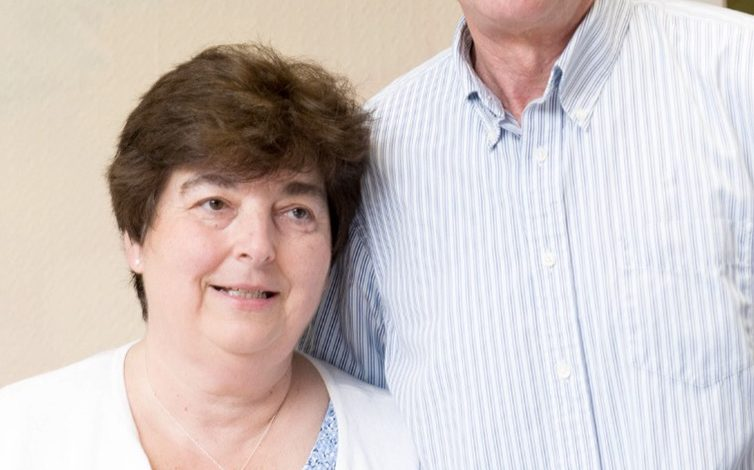
At 57, I underwent a DNA test and discovered I have a daughter—even though I’ve never given birth.
Dorothy Weaver, aged 57, had always felt complete with her husband, Thomas, by her side. As human rights attorneys, both found fulfillment in their careers rather than family life. They met as passionate young activists in college and were inseparable ever since. While the idea of children occasionally surfaced, it was always overshadowed by their dedication to their causes.
As the years accelerated, the opportunity to conceive slipped away. However, Dorothy and Tom had considered adoption, initiating the process shortly before Tom’s sudden passing. Dorothy, engulfed in a critical legal effort to save a young man on death row, received the devastating call about her husband’s demise. Stricken with grief, she realized the profound solitude that now defined her life. “I’m all alone,” she whispered to herself, a stark contrast to the warm, bustling life she had led with Tom.
Raised in the foster system, Dorothy had battled through adversity with her brilliant legal mind, but Tom had been her rock, the person who made her feel whole. With him gone, she faced an empty home, returning each night to the cold echo of her solitude. The absence of their heated discussions over dinner or the comfort of his presence in their bed magnified her loneliness.
Attempting to fill the void, Dorothy threw herself into work, but the strain took its toll, culminating in a collapse during a courtroom battle to defend a desperate young mother. The incident marked a turning point for Dorothy, who realized her physical limits had curtailed her ability to practice law. Seeking a less demanding role, she reached out to her alma mater and secured a position as a part-time lecturer. This new role provided some solace, connecting her with bright minds and keeping her intellectually engaged.
However, loneliness pervaded, especially during the quiet nights. One such night, a late-night talk show caught her attention. The guests discussed personal revelations from DNA tests, sparking Dorothy’s curiosity. Perhaps, she thought, a DNA test could connect her with distant relatives, offering a new sense of family.
On a whim, she ordered a DNA kit from a reputable company and sent in her sample, hoping for interesting findings. When the results arrived, they were shocking: Dorothy was matched with a young woman named Michelle Simpson, identified as her daughter—a revelation that baffled her since she had never been pregnant.
Confused and outraged, Dorothy challenged the DNA company’s competence, leading to a surprising explanation: the possibility of an identical twin. This news shook Dorothy to her core, considering her upbringing in the foster system without knowledge of any siblings.
Compelled by the need to connect and understand, Dorothy contacted Michelle through the DNA company’s platform. Their communication was swift and warm, culminating in a meeting at a local restaurant. The encounter was emotional; Michelle recognized in Dorothy the spitting image of her mother, stirring a tumult of feelings and questions.
Michelle explained that her mother, Susan, was adopted and had no contact with her biological family, adding layers to their complex story. The conversation revealed that Susan, indeed Dorothy’s twin, had also lived a life marked by loss and separation.
As they spoke, Susan arrived, and the sisters met, instantly bonding over shared grief and newfound joy. The reunion was poignant, with tears and laughter as they embraced their new reality. Susan shared her life’s journey, explaining her move to Denver—ironically where Dorothy resided—and the dissolution of her marriage, which had brought her and her daughter closer.
Dorothy learned that she was not just a sister and aunt but a grandmother to Michelle’s children, filling her life with unexpected family ties. The sisters discovered uncanny similarities in their lives and choices, despite being raised apart.
Together, Dorothy and Susan explored their new family dynamics, with Dorothy embracing her role as a grandmother enthusiastically. The sisters decided to live together, enriching each other’s lives and providing a supportive family network for Michelle and her children.
This remarkable journey from solitude to family highlights the unpredictable twists of fate and the profound connections DNA can reveal. It underscores the timeless truth that it is never too late to discover one’s roots and build new relationships. Dorothy’s story is a testament to the mysterious ways through which we find our paths and connect with those we are meant to be with, affirming that sometimes, the family we find is just as pivotal as the family we are born into.



Leave a Reply